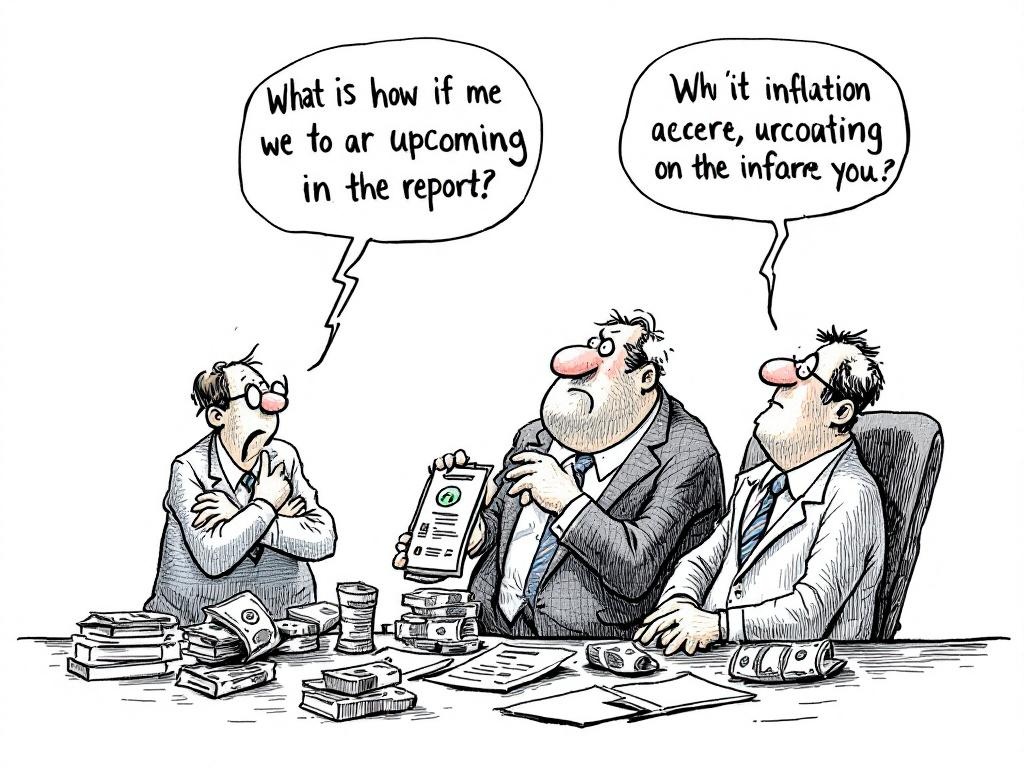Upcoming Inflation Report Sparks Investor Skepticism

Washington D.C., Wednesday, 22 October 2025.
Investors express doubts over upcoming CPI report accuracy, amid government shutdown impacts and Federal Reserve concerns, affecting monetary policy and market outlook.
Market Concerns Over Inflation Data Integrity
The upcoming release of the September Consumer Price Index (CPI) report by the Bureau of Labor Statistics (BLS) has raised significant concerns among investors about the integrity of the data. These concerns are primarily due to the recent government shutdown, which has affected staffing levels at the BLS, prompting questions about how data collection might be compromised. Vishal Khanduja, head of broad markets fixed income at Morgan Stanley Investment Management, expressed skepticism about the measures taken to ensure data accuracy in the absence of full personnel [1].
Impact on Monetary Policy and Market Reaction
The anticipated CPI report is critical as it directly influences the Federal Reserve’s monetary policy decisions. The Federal Reserve is expected to cut the overnight borrowing rate by 0.25 percentage points next week, with a further cut anticipated in December [1]. The accuracy of the CPI report is crucial because it is used to index Social Security cost-of-living adjustments, and no other major data releases are expected during the ongoing government shutdown [1].
Broader Economic Implications
Investors are particularly wary of potential discrepancies in the report, as inflationary pressures may not be accurately reflected, which could mislead policy decisions and market expectations. The Dow Jones consensus anticipates the CPI report to show a 3.1% annual inflation rate, with monthly increases of 0.4% and 0.3% on headline and core measures, respectively [1]. This report is a pivotal indicator for financial markets and economic projections as it captures consumer price changes, impacting both domestic and international economic landscapes.
Historical Context and Future Outlook
The current economic environment is further complicated by the recent firing of former BLS Commissioner Erika McEntarfer due to significant revisions in nonfarm payroll data, adding to the scrutiny of the BLS’s methods [1]. With the Federal Reserve’s upcoming decisions and President Trump’s potential nomination of a new chair possessing a philosophy of aggressive rate cuts, the economic outlook for 2026 remains uncertain [2].